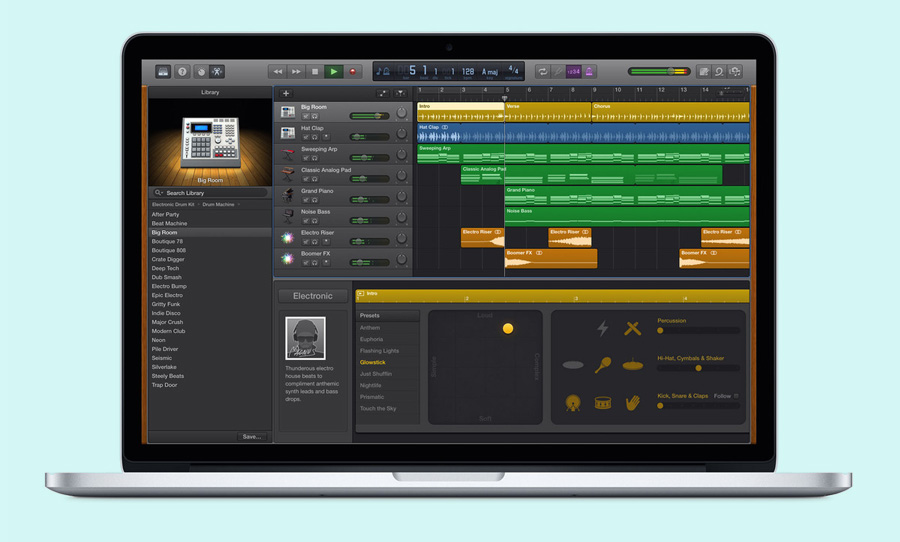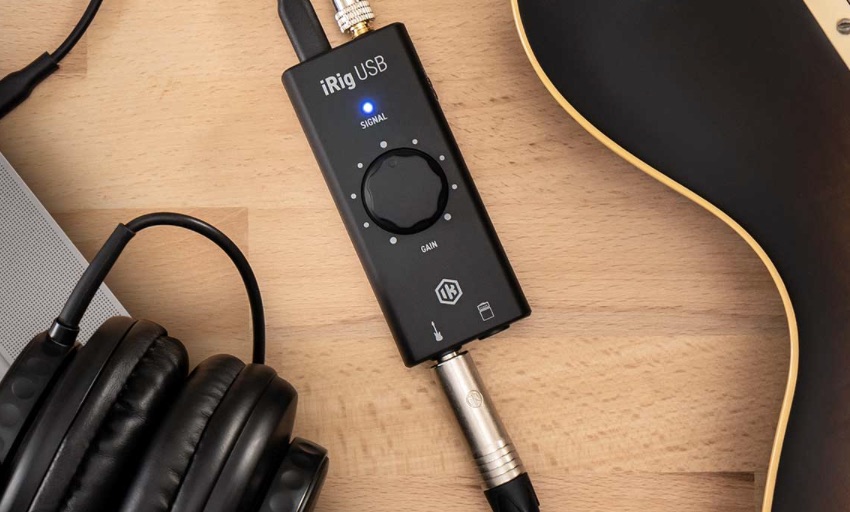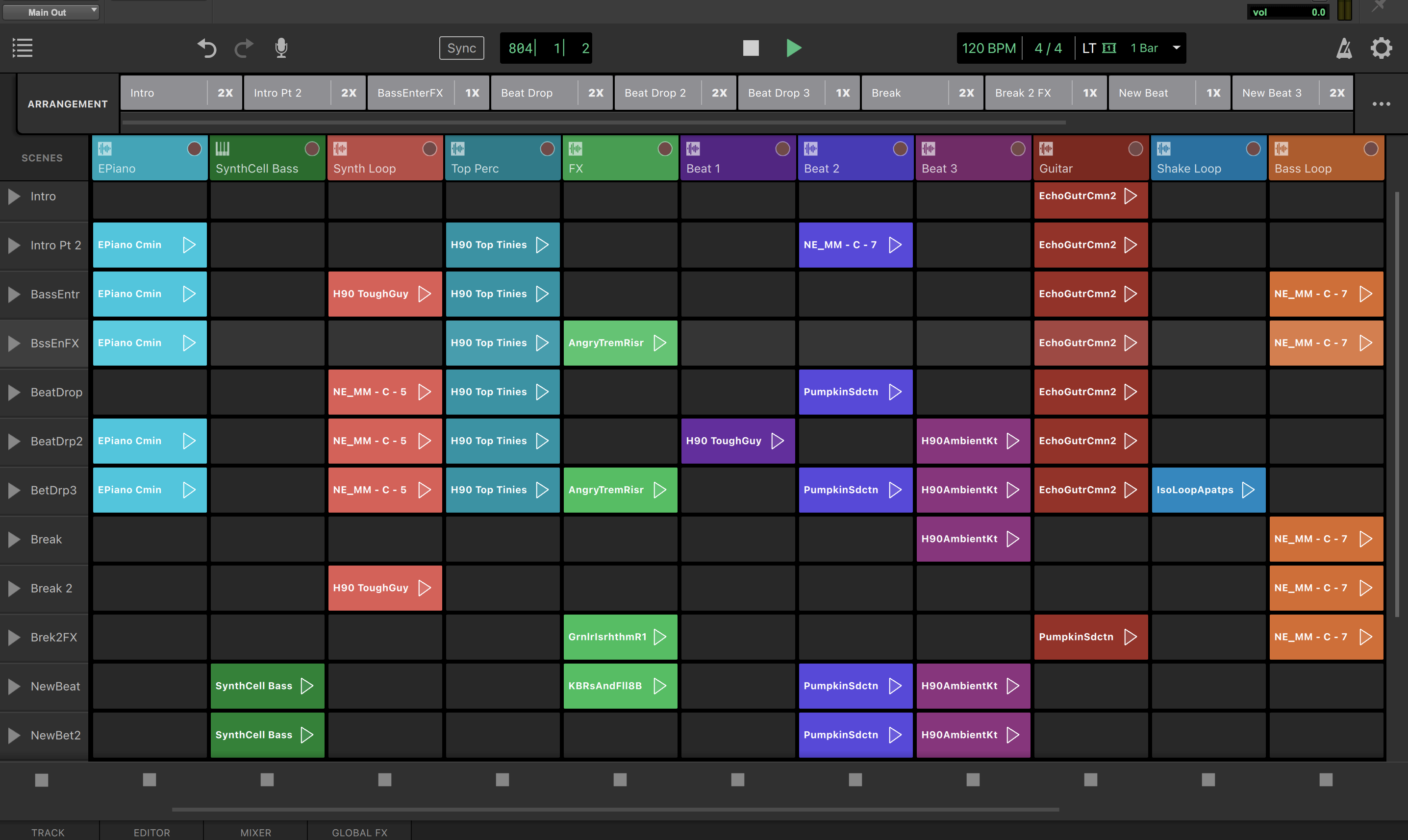Established in 1995, Presonus is an American company that rode the project studio wave to success. Unlike many firms in the modern era, their ascent to household name status was built on the back of hardware rather than software.
Even though it is possible to create end-to-end productions entirely within the confines of software, Presonus’ suite of audio interfaces, DAW and monitor controllers have worked their way into many studios, with reliability and competitive price being their main calling cards.
The audio world was therefore taken aback when Presonus jumped into the software game with Studio One in 2009. Their hardware products have always been perceived as middling in quality – rigorous enough to cope with regular use, but not elite. With Studio One, however, Presonus aimed for the top. Not only does it possess all the attributes you’d expect from a fully-fledged DAW, but it also has an edge over its more established competitors in a few key areas.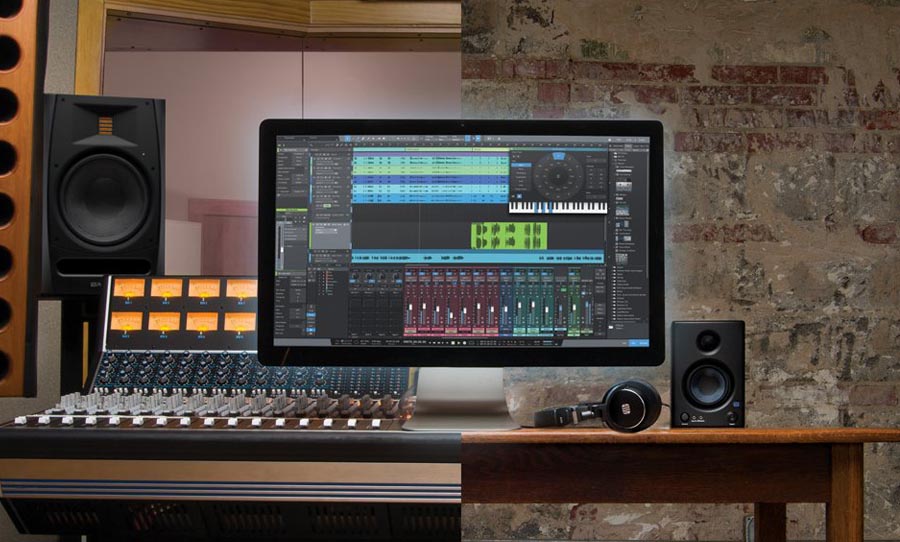
Presonus has long been a go-to for hardware in the project studio. But with their fully-fledged DAW, Studio One, they’re also aiming for the professionals.
Small world
Despite hailing from the deep south of the U.S. (Baton Rouge, Louisiana) Studio One also has a European heritage. The software was developed in collaboration with KristalLabs, a startup founded by Wolfgang Kundrus and Matthias Juwan who were once employees of Steinberg (both were instrumental in the development of Cubase and Nuendo).
In its first iteration, Studio One aimed to be a less intimidating DAW than its contemporaries. Presonus sought to leverage its hardware pedigree too, shipping a ‘lite’ version of the program with its audio interfaces. Drag and drop was the name of the game and this intuitive, speedy workflow was aimed at newbies and old-hands alike.
It quickly earned a reputation for running smoothly, yet, it didn’t possess everything that hard-core pros expected straight off the bat – no surround mixing or video track capabilities rendered it inappropriate for working with film audio, for example.
Speedy workflow
In version 2, the streamlined drag and drop functionality was maintained, but Studio One also included a headline feature that would make it even more enticing. Melodyne, the state-of-the-art pitch correction software, was built into the architecture of the DAW – again, a testament to Presonus’ knack for collaboration.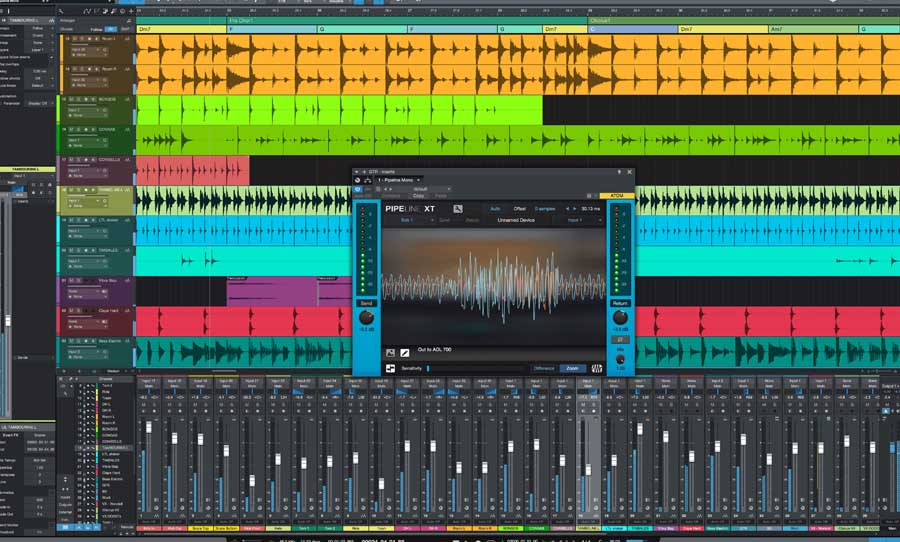
At this stage, if you wanted to use Melodyne in another DAW, the application would need to be opened up and the audio file transferred into it. Not exactly a smooth process in the middle of a mix. With Studio One, all you needed to select the audio, hit command or control + M and it would appear in Melodyne, within the session. Plus, video track support came along for the ride.
In 2015, version 3 arrived and brought with it a host of features aimed at production. This, possibly more than any other aspect of a DAW will be the deciding factor when it comes to pulling the trigger on a purchase: exactly how is this software going to make my life easier when creating music? Studio One answered this vexed with the Arrange track and Scratch Pad.
The Arrange track is one that you add markers to, highlight sections and quickly and easily cut and rearrange different parts of the song, without laborious multitrack editing. Scratch Pad is a separate function that elaborates on this concept by allowing you to experiment with different forms, all without destroying your ‘master’ arrangement.
Now up to version 4.6, Studio One has deepened its slick production workflow with options like the Chord Track. Like the Arrangement track, it runs at the top of a session, just below the timeline. It can be used to detect the harmonic movement of audio and MIDI tracks, but you can also change chords as they play in real-time.
The Patterns editor also makes it easier to escape the piano roll if you’re editing MIDI drums. Zeroing in on say, 8 drums over the span of an 88-key piano can drive you to insanity, especially if you’re working on a smaller screen: Patterns view neatly does away with this problem. You can even drag and drop a step-sequenced pattern onto a MIDI clip as a way to kick-start new beats or basslines.
Of course, Presonus hasn’t forgotten its status as a hardware powerhouse. From their StudioLive mixer series, their controllers like Faderport (which comes in various sizes), the recently introduced ATOM (Presonus’ answer to Native Instruments’ Maschine or Ableton’s Push) and their audio interfaces, all are designed to work hand-in-glove with Studio One. This might be in line with some of the other DAWs, but it would be hard to beat the Presonus ecosystem in value for money.
Though it was late to the game, Studio One hasn’t wasted any time in catching up to its contemporaries. Unlike Ableton, with its clip-based workflow, or Bitwig, with its modular synth integration, Studio One doesn’t have a central feature that’s key to its identity.
Instead, it has relied on an overarching speed of workflow, crisp aesthetic and intuitiveness to attract new users. With a commitment to consistent incremental improvements, the new kid on the block looks set for a bright future.
